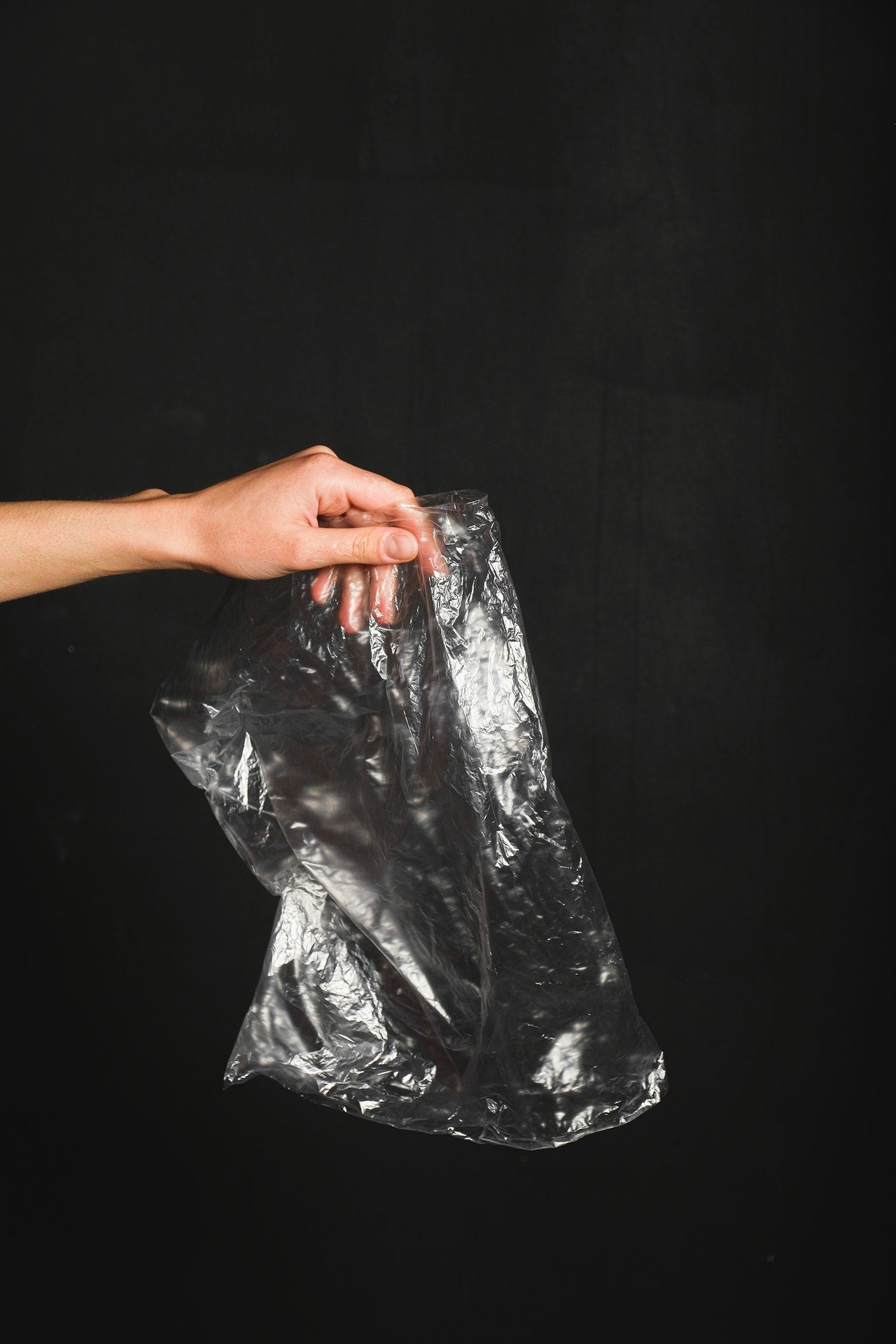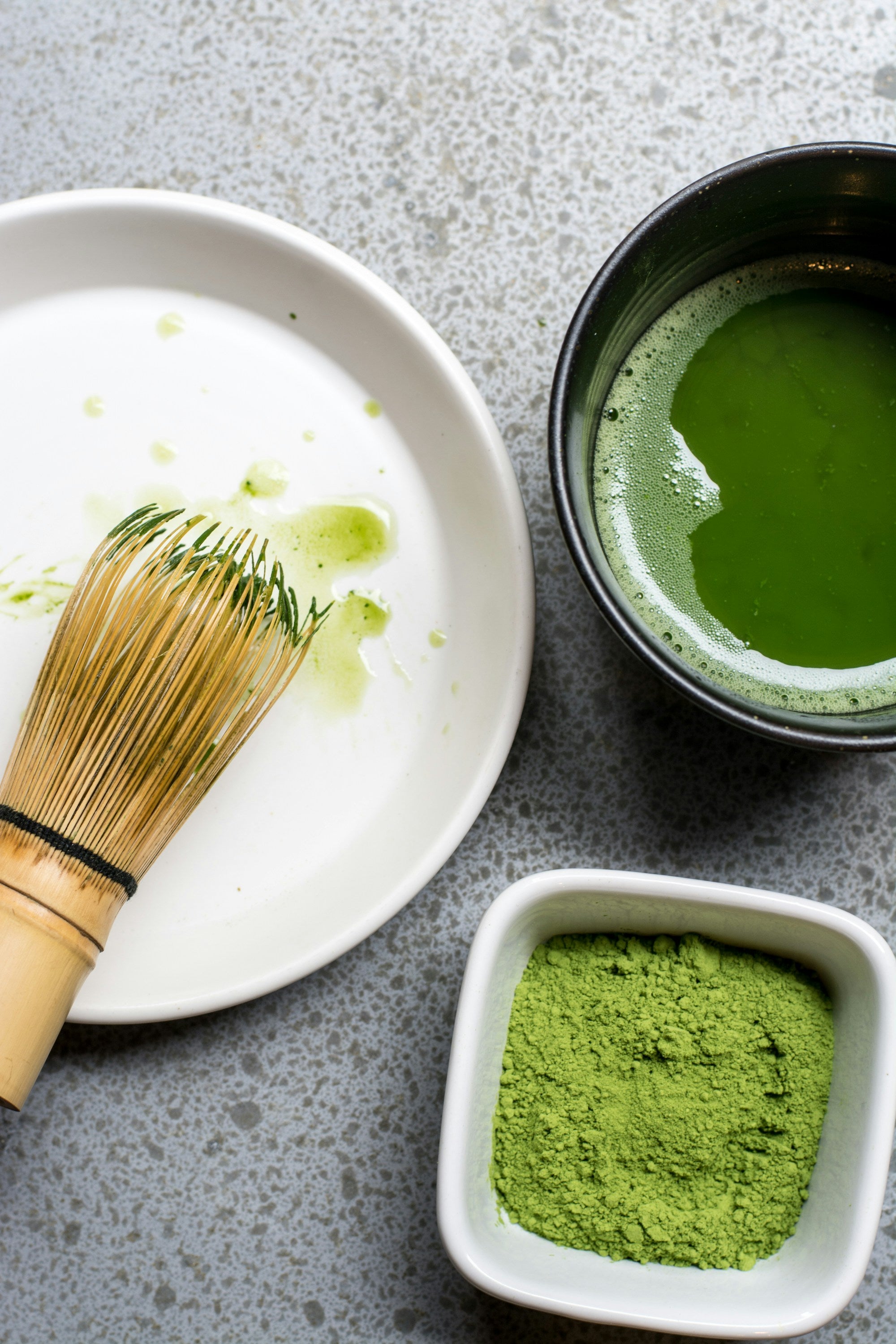I have been getting so many messages, some quite angry, saying that my bags are just standard plastic bags and I'm not eco friendly at all, which is incorrect on both accounts. In this blog post, I'm hoping that I can explain what they are and how you can dispose of them correctly
What are the taster bags made of?
These bags (made by Polybags) are classed as bio-additive bags. What this means is that they are made from regular polythene with an additive that accelerates the degradation process.
So how does it biodegrade if its plastic?
When exposed to sunlight, heat or mechanical stress, these bags first break down through oxidation into smaller fragments. After this step, it then biodegrades into naturally-benign materials (CO2, water & biomass), disintegrating in anything from a few weeks to two years, depending on the disposal environment
But doesn't all plastic disintegrate over time?
Regular polythene will degrade over time, but this process can take decades or even hundreds of years in a landfill site, which isn't great. And if it does eventually disintegrate it doesn't fully go away (you've heard of microplastics)
The additive used in these taster bags ensures that this process is sped up by hundreds or even thousands of times
OK, how much faster?
The bags will degrade and physically disintegrate in anything from a few weeks to 24 months depending on the physical conditions in the disposal environment (presence of oxygen, moisture, heat, mechanical stress and/or microbes). Now that is speedy!
How do I dispose of these properly?
There are two ways you can dispose of your taster bags once you've finished your tea:
1. Recycle it (before it starts to degrade) Believe it or not, you can recycle plastic bags, and it's no difference with the taster bags, you just need to do it before they turn to mush! Check with your local council to see if they can take LDPE bags (you'll see the ♻️ logo with the number 4 in it)
2. Pop it in your normal bin. It sounds counter intuitive, but the bags need heat, oxygen and pressure to degrade quickly, and landfill is the best place for it and ultimately taking up less landfill space.
3. You could compost it, but it would decompose very slowly. This timescale for biodegradation does not meet the requirements for European compostable packaging standard, although independent studies have demonstrated that plastics with the additive compost well and produce good quality compost with no toxic effects
Final comments
I hope that explains a bit about the bags and how you can safely dispose of them. I'm always trying to improve my environmental credentials, so if there are any developments, you'll be the first to know 😊


